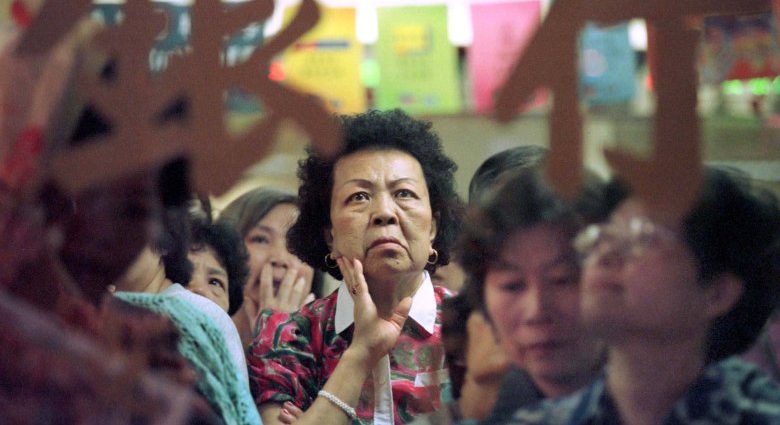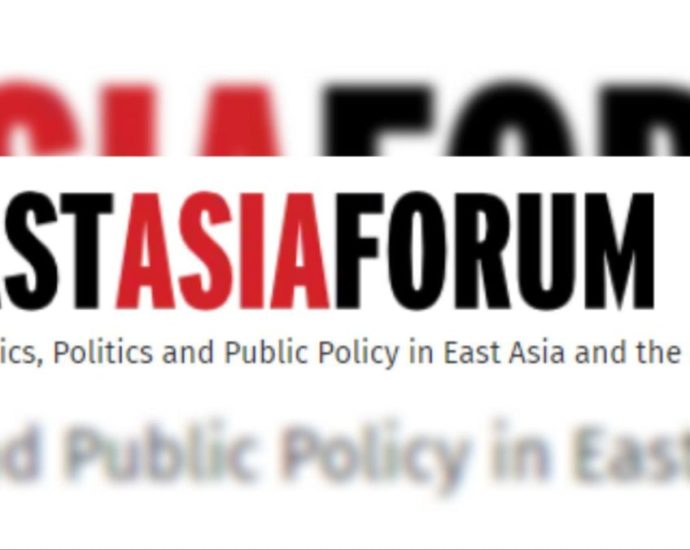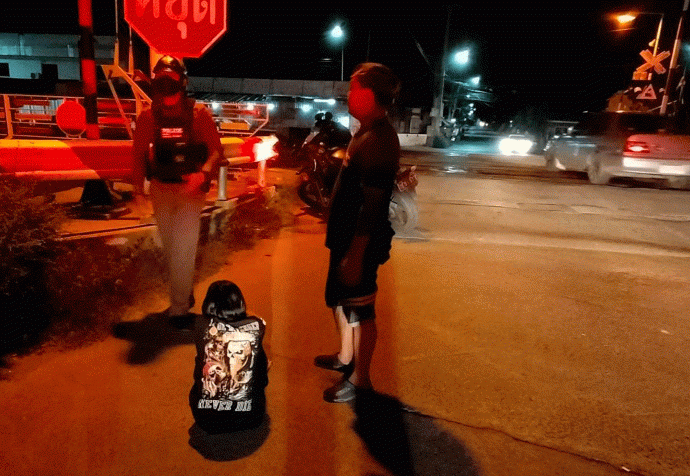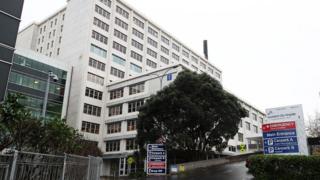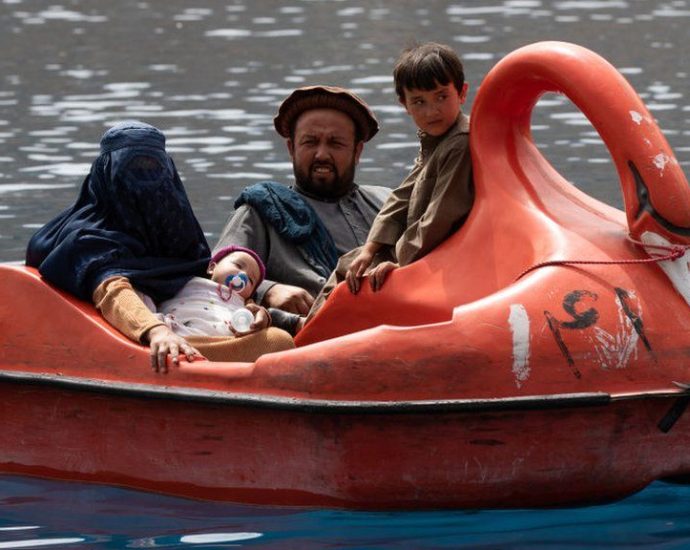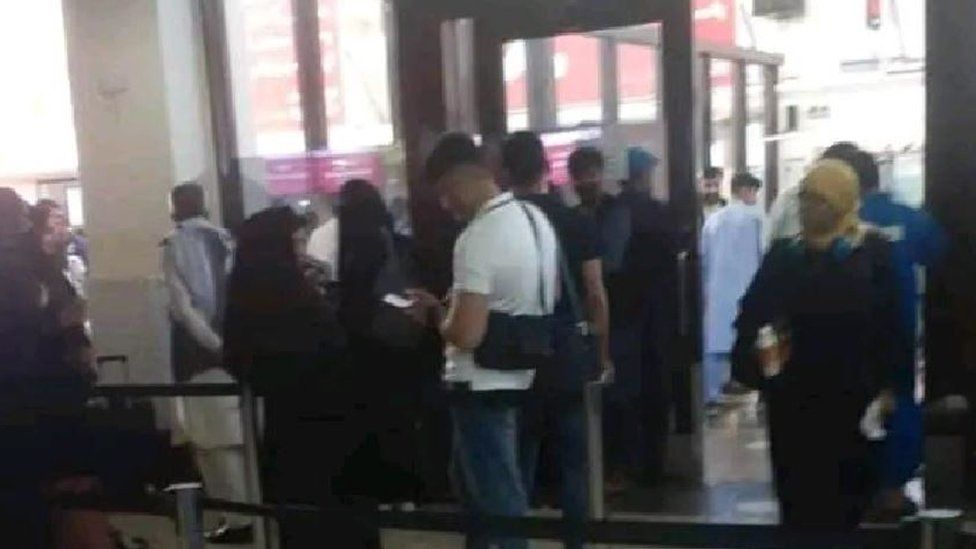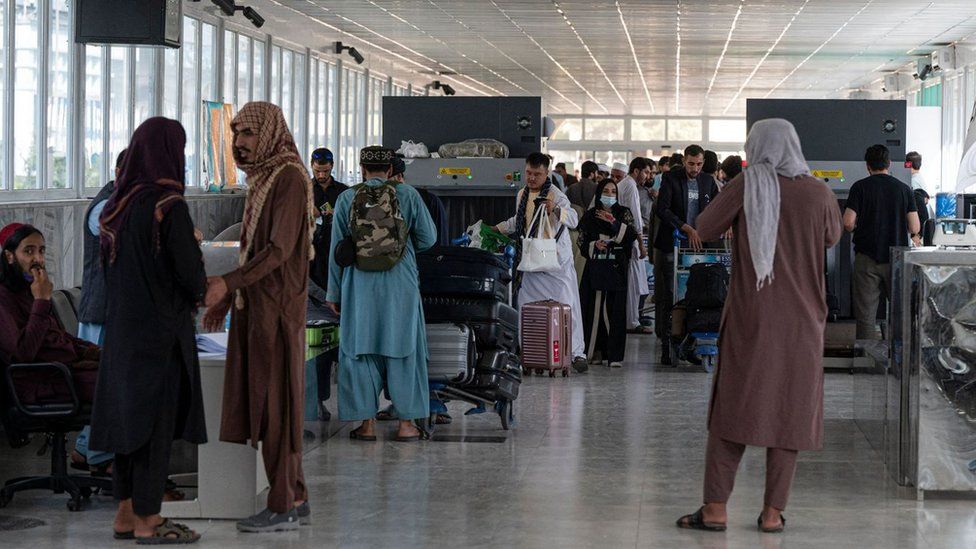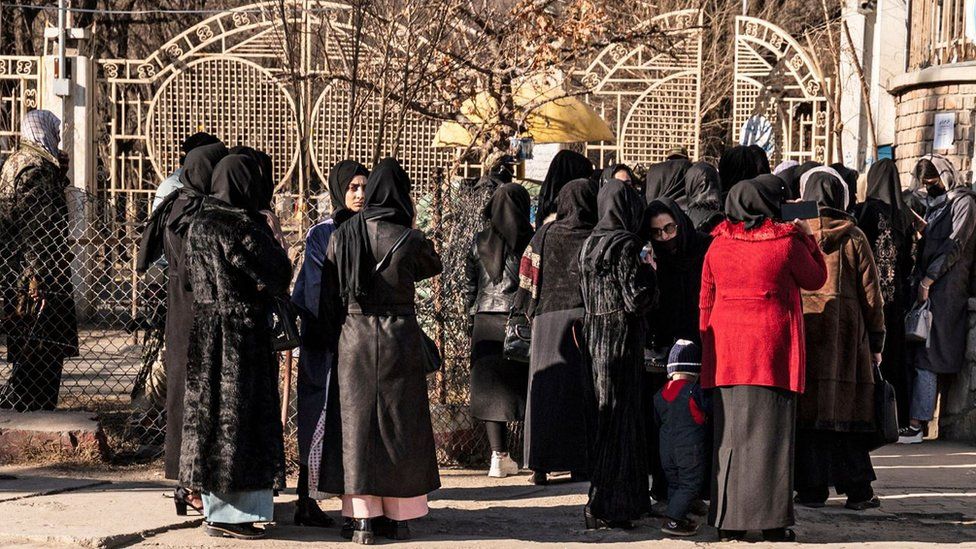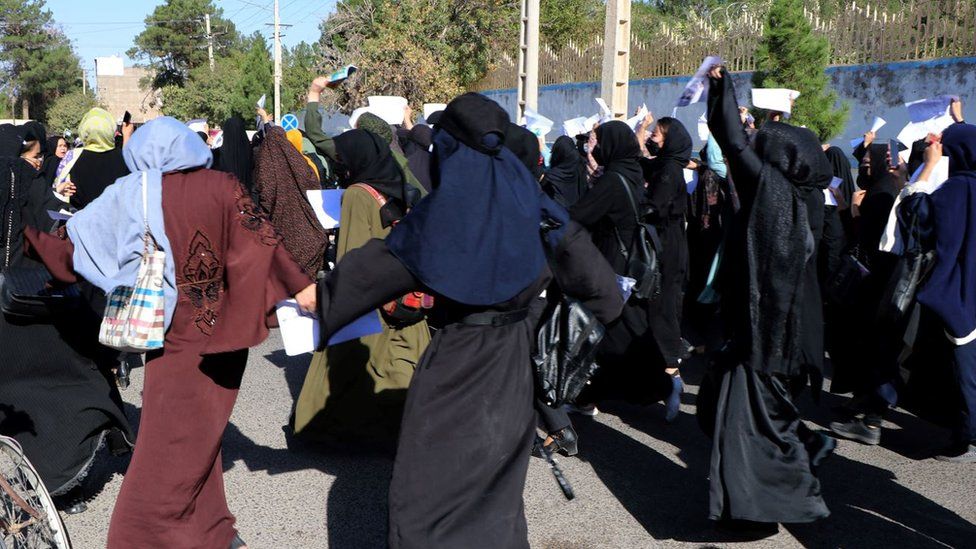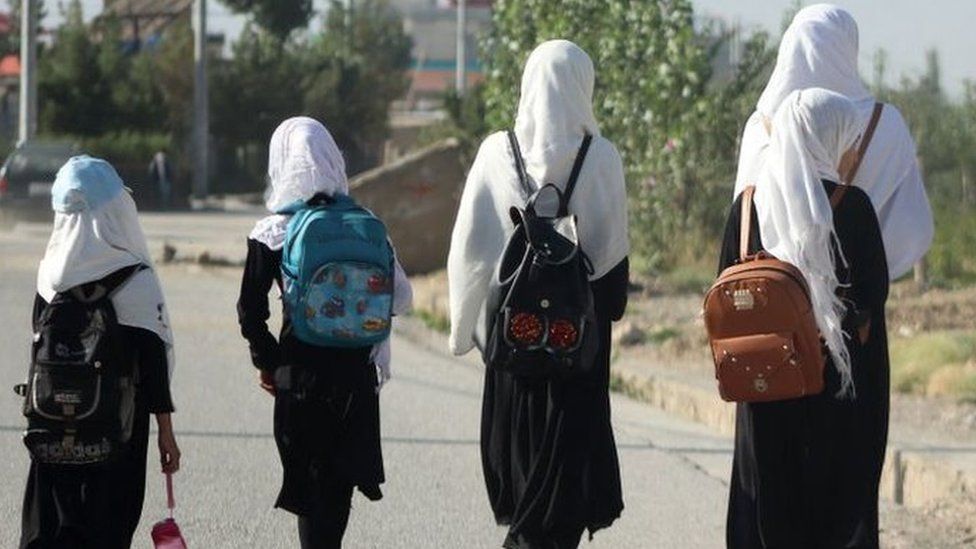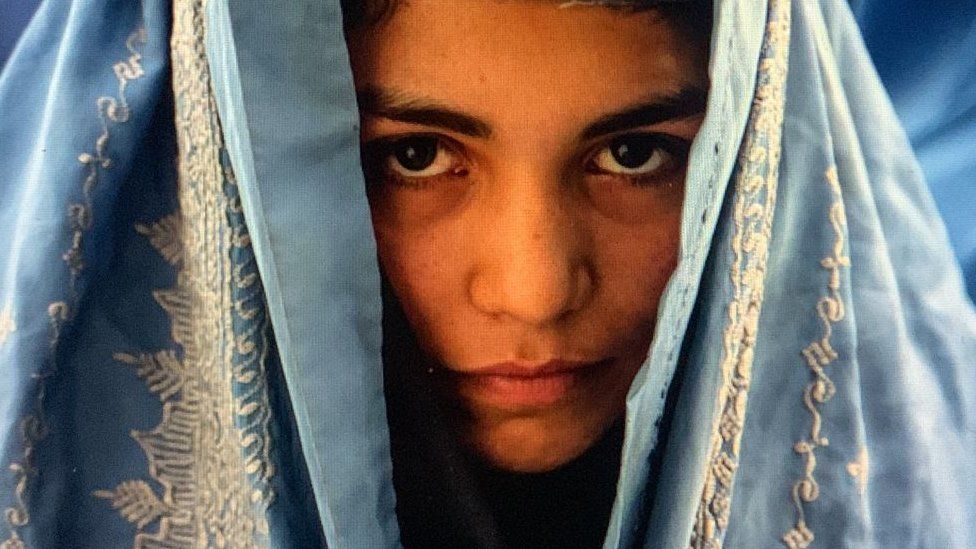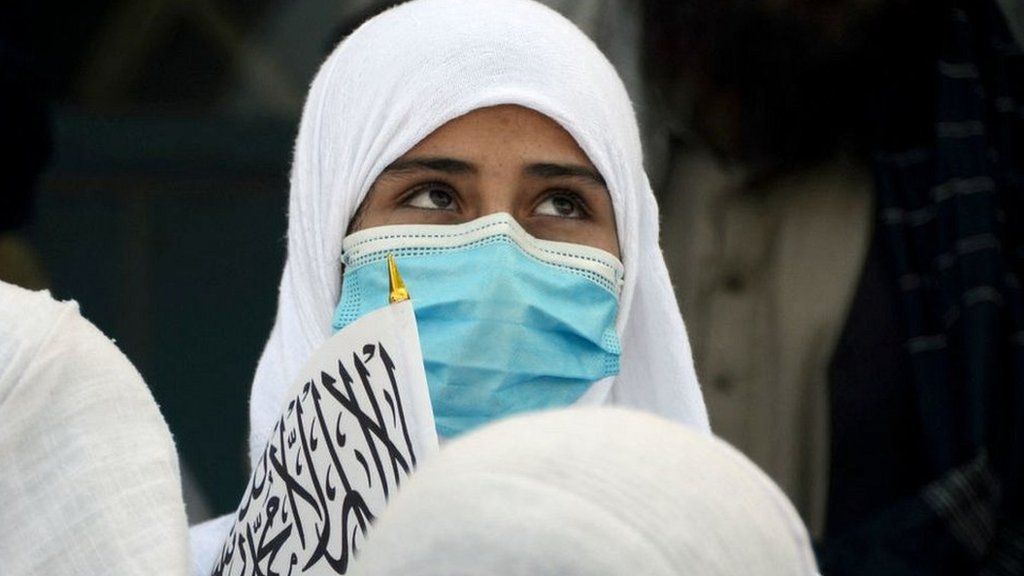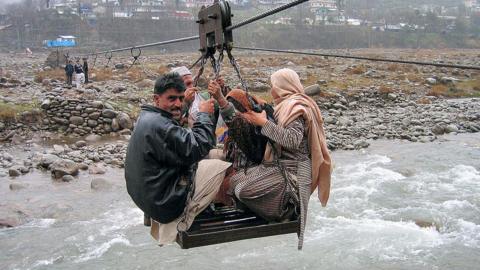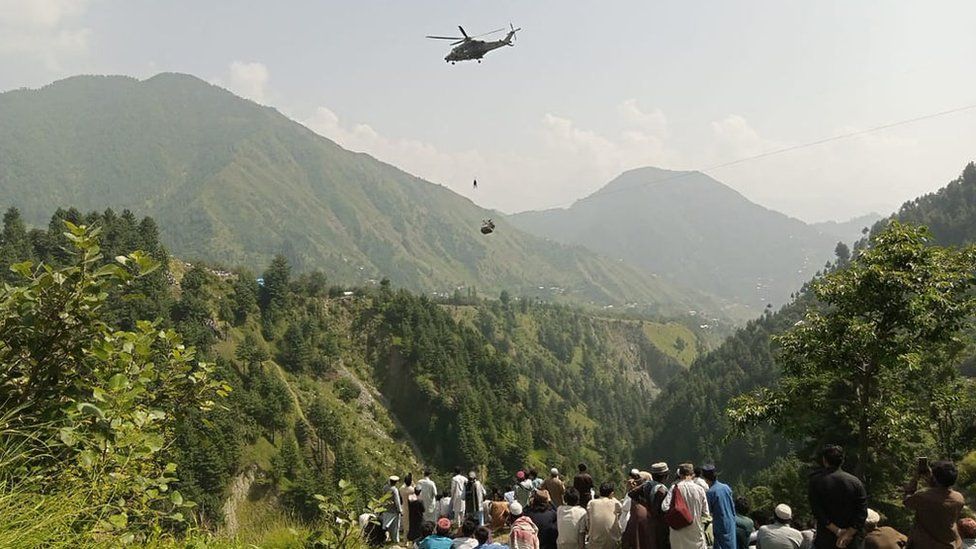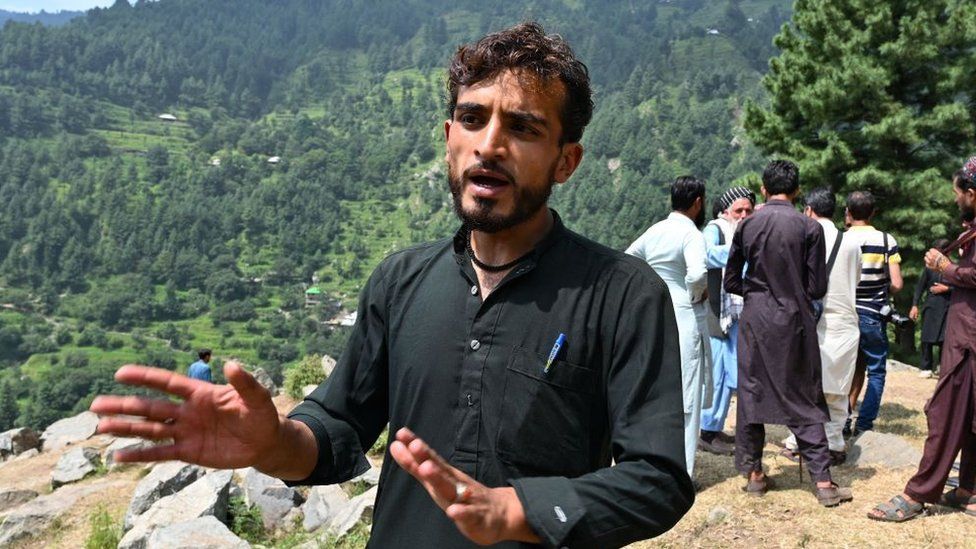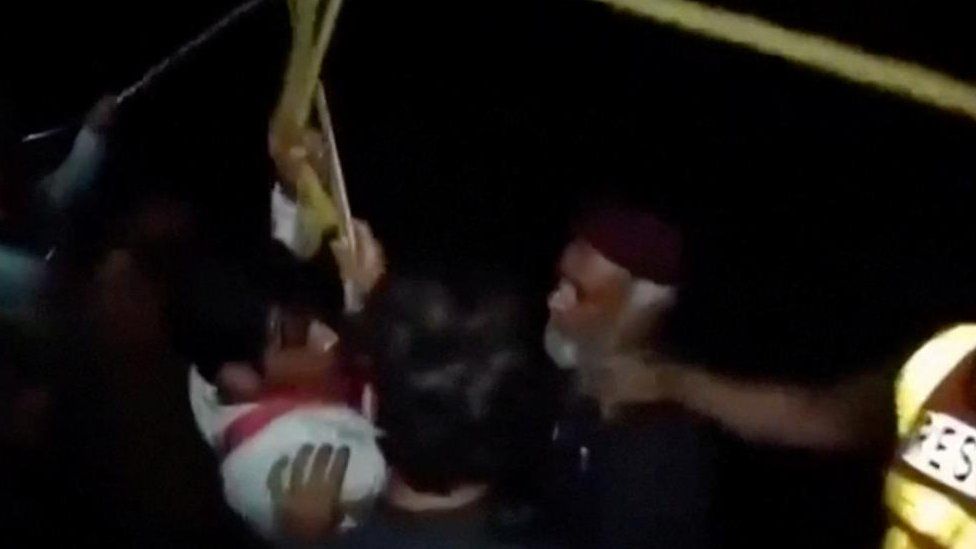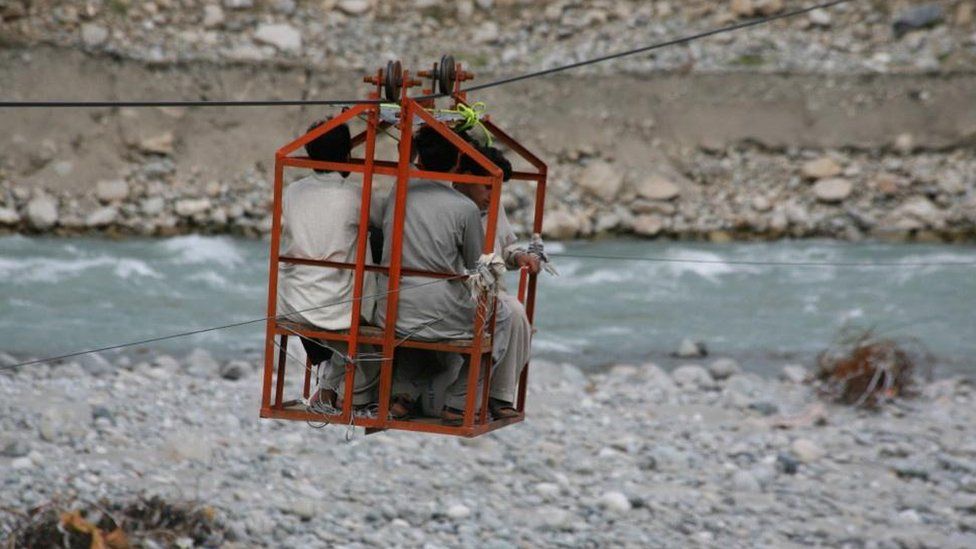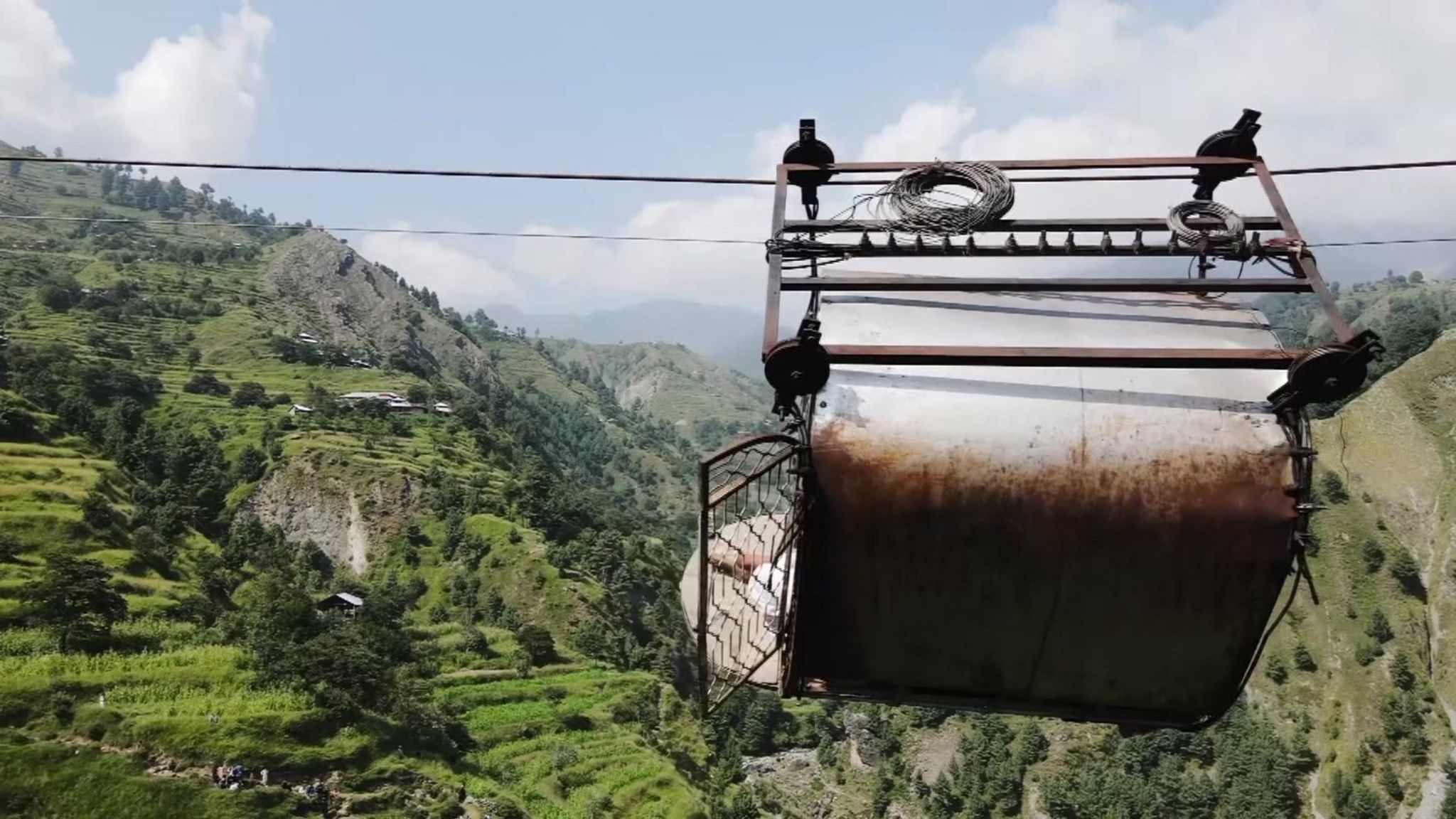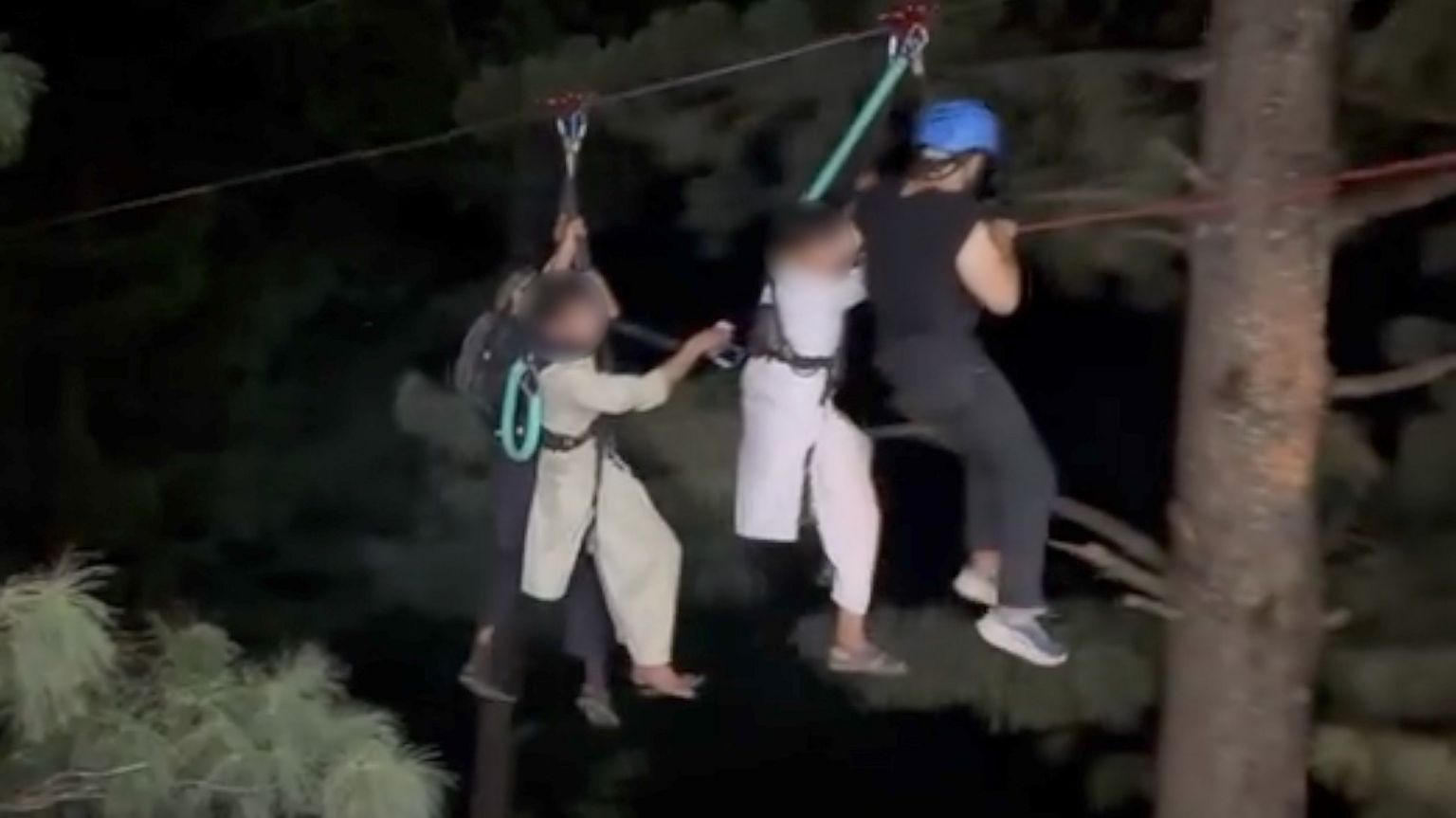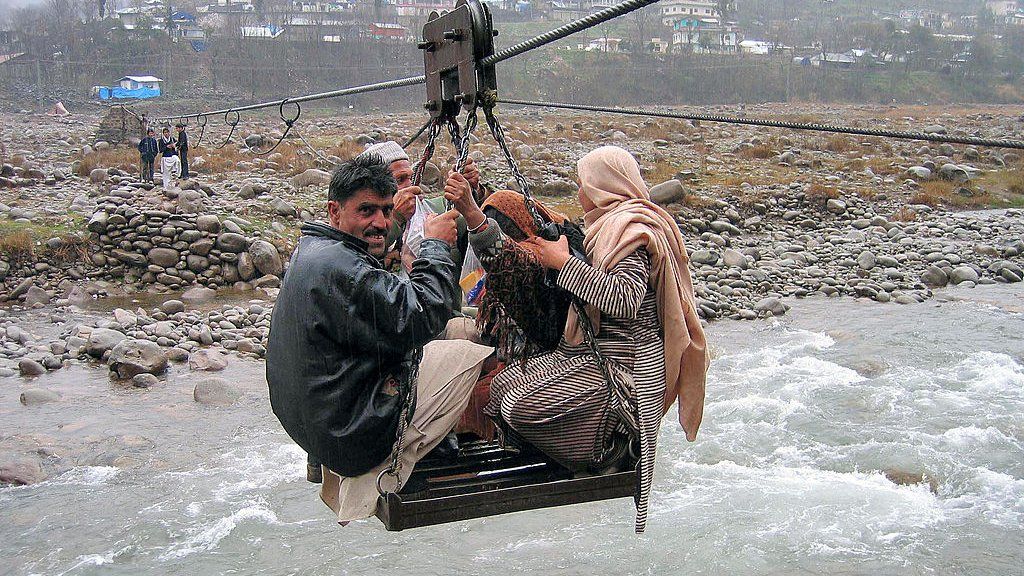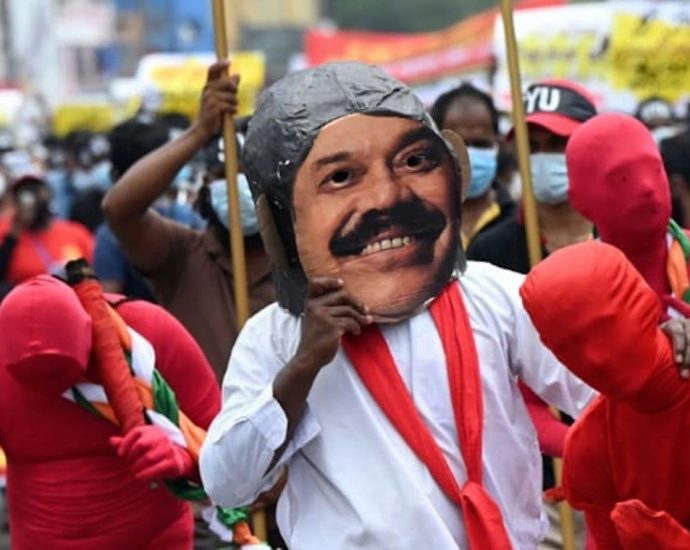Chinese stock drop a wakeup call for Xiâs reformers
As the “avoid China” theme gains currency with foreign investors, a daunting question confronts President Xi Jinping: What can Beijing do to change a narrative that risks taking on a life of its own?
As Bank of America reports based on its latest global fund manager survey, this sell-China dynamic has morphed into a leading one among respondents controlling roughly US$616 billion in assets under management. What’s more, the exodus seems to be accelerating even as data suggest Asia’s biggest economy may be stabilizing.
On Monday, the CSI 300 Index dropped to its lowest level of 2023 as selling driven by global funds extended into a fifth straight day. The exodus is now well into a sixth straight week despite Xi’s team either introducing or telegraphing fresh moves to buoy confidence. In other words, a losing streak too long in duration to dismiss.
The challenge for Xi is that explanations for China’s stock rout come from a number of angles. One is a mainland property market showing increased signs of distress. Another is weak consumer confidence following Xi’s draconian Covid-era lockdowns. Rising tensions with the West and with key Asian economies including Japan, South Korea and Southeast Asia are unsettling investors, too.
Concerns about Chinese deflation aren’t helping. They’re colliding with uncertainty about how China can escape efforts by Saudi Arabia to jack up oil prices already elevated by Russia’s Ukraine invasion. Ostensibly aimed at damaging US President Joe Biden’s re-election prospects, Riyadh’s antics could undermine Chinese growth as export markets slow.
The solution is for Xi and Premier Li Qiang to accelerate efforts to build deeper, more transparent and globally trusted capital markets.

“China faces a prolonged and painful downswing as Beijing battles debt deflation,” says Diana Choyleva, chief economist at Enodo Economics. “While further stimulus is coming, simply throwing more money at the problem will no longer make it go away. China needs to secure markets abroad and retain investment to find its feet amid ideological obstacles to consumer spending.”
On Monday, central bank Governor Pan Gongsheng pledged to accelerate moves to stabilize trade and strengthen the business environment for foreign companies and investors. Pan made his remarks about putting out a bigger welcome mat for foreign capital at a forum attended by executives from BNP Paribas, Deutsche Bank AG, HSBC Holdings Plc., JPMorgan Chase & Co., Tesla Inc. and UBS Group AG, among others.
Pan signaled that Beijing is mulling steps to level the playing field and strengthen the operating environment for overseas companies.
Last month, the China Securities Regulatory Commission rolled out a series of steps to “boost capital market investor confidence” in bonds and stocks. They include cutting stamp duties on securities transactions and a more selective process for executing initial public offerings.
Beijing slashed the levies on trades to 0.05% from 0.1%, the first such reduction since 2008. The step is meant to, as the Ministry of Finance explains, “invigorate capital markets and boost investor confidence.” So might the CSRC’s decision to slow the pace of IPOs amid “recent market conditions” characterized by extreme price volatility.
Xi’s regulators are moving to limit share sales by top stakeholders when prices drop below IPO levels or net asset levels. They also cut margin ratios for leveraged trades.
“The scale, force and speed of the measures all beat expectations,” says analyst Pu Han at China International Capital Corp. “The increasing force of the policy tools will lift market confidence, amplifying the positive signal for the market.”
But not positive enough, it seems, as stocks extend losses. In the nearly five weeks since giant developer China Evergrande Group filed for bankruptcy, an even brighter spotlight has been trained on a troubled sector that can generate as much as 30% of China’s gross domestic product. It’s raised fresh questions about China’s growth-at-all-costs development model.
Foreign holdings of China’s equities and debt dropped by nearly US$189 billion from a December 2021 high through the end of the first six months of 2023. Beijing regulators recently telegraphed new steps to deepen capital markets, even soliciting advice from investors including BlackRock Inc. and Bridgewater Associates.
“The weak growth picture is now causing markets to position once again for a yuan devaluation, even though the historical record argues strongly against this possibility and trade-weighted yuan has actually been rising,” says economist Robin Brooks at the Institute of International Economics.
For now, Brooks doubts that’ll happen. “China tried repeatedly to devalue its currency against the dollar in the course of 2015 and 2016. Those attempts proved deeply counterproductive, because capital flight sharply tightened financial conditions, the opposite of what devaluation is supposed to accomplish.”
Given abundant liquidity and sizable debt overhang, Brooks says, “the potential for capital flight is still very much alive, so that devaluation – almost a decade later – still isn’t an option as a cyclical stimulus tool. That said, markets’ growth worries are overdone.”
China, Brooks notes, does face medium-term growth challenges, but recent weakness – especially on the export side – reflects a shift in global demand away from goods and back to services, a cyclical unwind of Covid distortions. “As such,” he concluded, “domestic policy easing – not devaluation – should be sufficient.”
In recent days, the PBOC has shown a greater willingness to cut the amounts of cash banks must hold as reserves. On September 14, it cut the reserve requirement ratio by another 25 basis points. It is injecting liquidity into the banking system to support growth. On Monday alone, the PBOC conducted about US$26 billion of seven-day reverse repos at an interest rate of 1.8%.

Economist Carlos Casanova at Union Bancaire Privée thinks the PBOC will likely leave its 1-year and 5-year loan prime rates on hold pending news from Washington. “We believe that PBOC may want to wait until after the Federal Reserve’s September meeting to deliver stimulus,” Casanova explains.
For now, the consensus view is for the Fed to leave rates on hold. But underlying data have been stronger than expected, so “we can’t exclude the risk of a potential 25 basis-point surprise in September,” Casanova says.
“Irrespective of what the Fed votes for,” Casanova says, “US rates should remain higher for longer and the PBOC will have better visibility after this week, enabling it to better calibrate the policy balance to effectively spur aggregate demand without exacerbating depreciatory pressures and stoking capital outflows.”
In general, though, the PBOC is reluctant to ease aggressively, worried it might just incentivize more bad behavior. That bet might now be paying off as Chinese data start to come in firmer than expected.
“All in all, this latest set of key economic data suggests that the risk of a deflationary spiral in China has abated by another notch,” says analyst Kelvin Wong at OANDA.
Analysts at Barclays Bank write that “we look for some downside to USD/CNY in the short run, given a slew of upside economic surprises and the PBOC’s continued effort to cap dollar/yuan upside.” They add that “daily fixings still record large deviations from the market consensus in favor of Chinese yuan strength, suggesting current spot levels still remain uncomfortable for the central bank.”
Still, Xi’s team must step up the pace of reforms to restore overseas investors’ trust in Chinese markets. Since 2013, Xi has pledged to let market forces play a “decisive” role in Beijing decision making. For all China’s promises, it’s still a buyer-beware market as opacity reigns.
In March, Xi entrusted the reform process to Premier Li, who’s since promised to accelerate the moves to diversify growth engines. One key priority is creating deeper and trusted capital markets so that households invest in stocks and bonds in addition to property.
Such retooling is needed to change the narrative that Chinese markets are underpinned by a developing economy with limited liquidity and hedging tools, a giant and opaque state sector and an immature credit-rating system that obscures risk and enables the chronic misallocation of capital.
An immediate challenge for Xi and Li is getting a handle on local governments. Namely, containing risks in the local government financing vehicles (LGFV) space. Beijing must balance defusing a potential liquidity crisis involving some US$9 trillion of off balance-sheet municipal debt with supporting growth. So far, Xi and Li have tried to do so without major public bailouts that might squander progress on reducing financial leverage.
A sudden rash of LGFV defaults could make today’s worries about developer Country Garden seem trivial. That could tip China’s $60 trillion financial system into ever greater turmoil.
In recent years, foreign investors wondered whether China might be facing a Lehman Brothers-like reckoning. Or, given the extreme opacity surrounding off-balance-sheet dealing, some have tried to view China’s risks through the lens of Enron Corp. A better frame of reference may be the 1997 Asian financial crisis.

In some ways, the property-overhang dynamic plaguing China’s 2023 echoes Southeast Asia’s predicament 26 years ago. As top-heavy economies from Bangkok to Jakarta to Seoul hit a wall, investors fled, crashing currencies. That made dollar-denominated debt impossible to manage. Default rates exploded across the region.
China’s provinces face a similar problem as property markets that long drove local GDP and tax revenues crater. All this risks setting off any number of chain reactions that Xi and Li must act faster to avoid.
“A collapse in local government investment would be comparable to the economic impact of the crisis in the property market,” says Logan Wright, director of China markets research at Rhodium Group. As such, he adds, the “most important variable impacting” the second-biggest economy “will be the success or failure of local government debt restructuring.”
Clear progress could go a long way to restoring confidence among international money managers.
Since July, Xi and Li have been prodding municipal leaders to curb financial risks and leverage. Steps include allowing local government leaders to raise about $137 billion from bond sales to pay down LGFV debt levels. Beijing is also mulling having the PBOC channel liquidity to the most-at-risk LGFVs.
The trick is doing so without a return to the boom-and-bust cycles China has been trying to end.
“Massive new spending and/or lending now would make those asset price bubbles even worse,” explains William Hurst, a China development expert at the University of Cambridge. It might just “continue to crowd out consumption and more productive investments. And it would make it more difficult and costly down the road – maybe even prohibitively so – to do this again.”
The trouble with such “inflection points and critical junctures,” Hurst adds, is that “any really big macro-level change will be slower in coming and harder to see in real-time.”
Bo Chen, deputy managing partner at the Deloitte China Corporate Governance Center, says that “the effectiveness of the plan hinges on the government’s ability to balance political and professional interests and retain financial regulatory talent.”
Going forward, Chen adds, “all domestic and foreign financial institutions in China will face a comprehensive and increasingly stringent regulatory environment. It is essential for financial institutions to follow the lead of the regulatory regime reform, reshape and strengthen their corporate governance and be ready for the future.”
That’s why it’s vital for Xi and Li to do a better job of explaining the strategy and the timeline for modernizing the financial system – transparently and credibly. Such openness hasn’t been a hallmark of the Xi era. As Beijing pivots toward big-picture reforms, it’s high time it ensured that skittish global investors get the memo.

